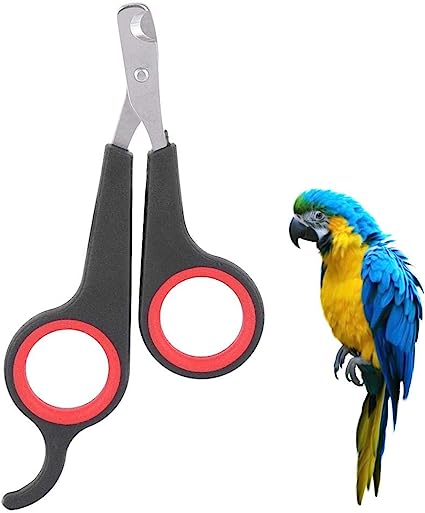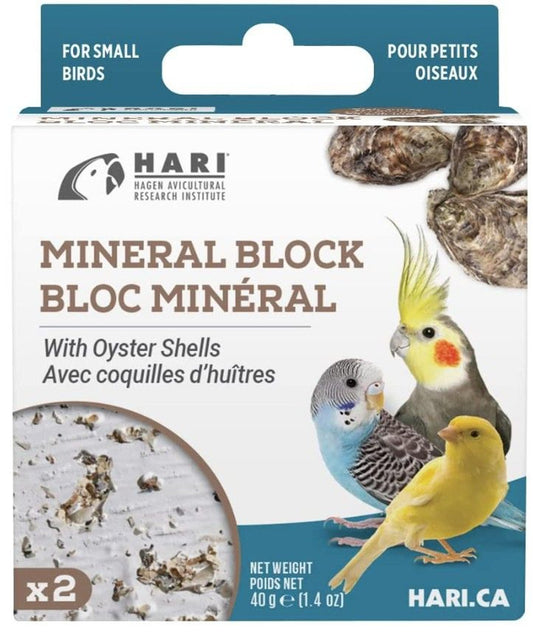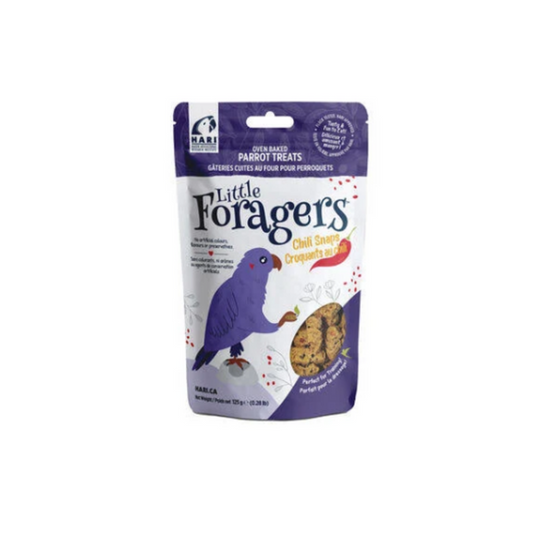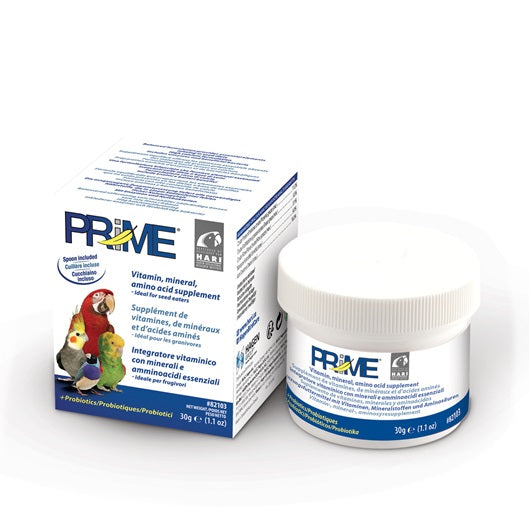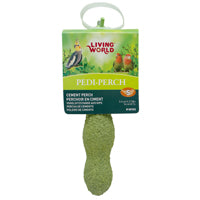
Lovebirds, known for their affectionate nature and vibrant colors, are popular pet birds cherished for their lively personalities. Lovebirds, members of the Agapornis genus, are small to medium-sized parrots with a stout body, short tail, and a distinctive hooked beak. They are characterized by their stunning plumage, ranging in various combinations of colors such as green, yellow, blue, peach, and white. Lovebirds derive their name from their strong monogamous bonds and affectionate behavior towards their mates.
Hand raised Love Birds can be kept by themselves if you have the time to give them the love they need to feel a strong bond with you. Otherwise, it is recommended to keep them in two's.
Life Span:
Lovebirds have an average life span of approximately 15 years, although with proper care and attention, some can live up to 20 years or more.
Natural Habitat:
Lovebirds are native to Africa, particularly the central and southern regions. They inhabit a variety of habitats, including savannahs, woodlands, and forests, where they can be found in large flocks.
Size:
When fully grown, Lovebirds typically reach an average length of 5 to 7 inches (13 to 18 cm) from the top of the head to the tip of the tail.
Enclosure Size:
Lovebirds require spacious cages to ensure they have enough room to exercise and explore. The recommended minimum enclosure size for a pair of Lovebirds is 18 x 18 x 20 inches (45 x 45 x 50 cm). Provide perches, and toys to promote physical and mental stimulation.
Temperature and Humidity Requirements:

Lovebirds thrive in temperatures between 68-78°F (20-25°C). They can tolerate average household humidity levels, and additional humidity requirements are generally not necessary.
Substrate and Bedding:
Line the cage floor with bird-safe bedding material, such as paper-based products. Avoid using cedar or pine shavings as they can release harmful fumes.
Toxic Substances:
Lovebirds are sensitive to certain substances. Keep them away from tobacco smoke, household cleaning chemicals, aerosols, scented candles, and non-stick cookware fumes, as these can be toxic to birds. Additionally, ensure that they are not exposed to plants like avocado, chocolate, caffeine, and toxic flowers, as they can pose a threat to their health.
Also avoid essential oils or aerosol sprays/household cleaners containing chemicals and harsh scents. Candles and scented candles or wax melts should be avoided.
Avoid exposure to sunlight, drafts, and Teflon or non-stick cookware and appliances. Only clean cages with water and vinegar or mild dish soap.”
Fun Facts:
-
Lovebirds are highly social birds and are happiest when kept in pairs or small groups, as they thrive on companionship and interaction.
-
They are known for their playful nature and enjoy a variety of toys, swings, and puzzles to keep them mentally stimulated.
-
Lovebirds communicate through a range of vocalizations, including chirping, whistling, and soft murmurs, which they use to interact with their owners and fellow flock members.
-
These birds are avid chewers and need appropriate chew toys to keep their beaks healthy and stimulated.
-
Lovebirds are skilled acrobats and can perform various aerial tricks, including hanging upside down and swinging from toys.

Lovebirds make charming and affectionate pets, bringing joy and companionship to their owners. With their colorful plumage and engaging personalities, they have captured the hearts of bird enthusiasts worldwide. By providing them with suitable enclosures, a balanced diet, social interaction, and a safe environment, you can ensure their well-being and establish a loving bond with these delightful feathered companions. Always research and consult with avian professionals for specific care guidelines to ensure the best possible care for your Lovebirds.


